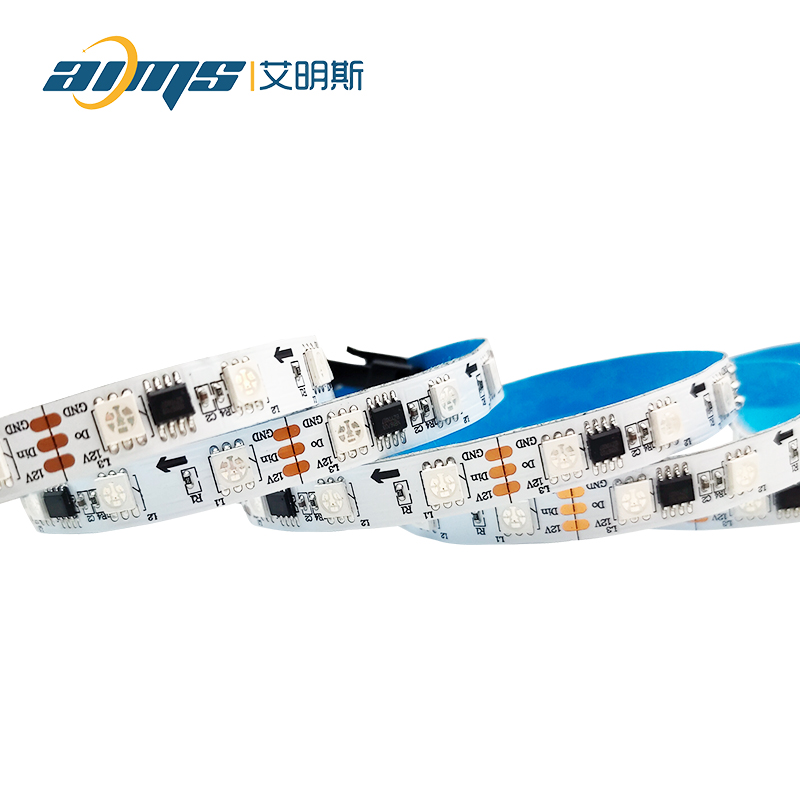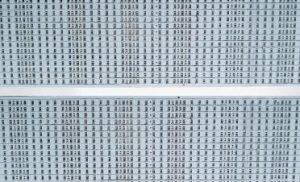
Classified according to the number of circuit layers: divided into single-panel and double-panel.
Single-Sided Boards
Single-Sided Boards On the most basic PCB, the parts are concentrated on one side, and the wires are concentrated on the other side (when there are SMD components and the wires are on the same side, the plug-in devices are on the other side).
Because the wires only appear on one side, this kind of PCB is called a single-sided (Single-sided).
Because single-sided boards have many strict restrictions on the design of the circuit (because there is only one side, the wiring cannot cross and must be around a separate path), so only early circuits use this type of board.

Double-Sided Boards
Double-Sided Boards This type of circuit board has wiring on both sides, but to use two-sided wires, there must be a proper circuit connection between the two sides.
The "bridges" between such circuits are called vias. A via is a small hole filled or coated with metal on the PCB, which can be connected with the wires on both sides.
Because the area of the double-sided board is twice as large as that of the single-sided board, the double-sided board solves the difficulty of interlacing wiring in the single-sided board (it can be connected to the other side through holes),
and it is more suitable for use in circuits that are more complicated than the single-sided board.